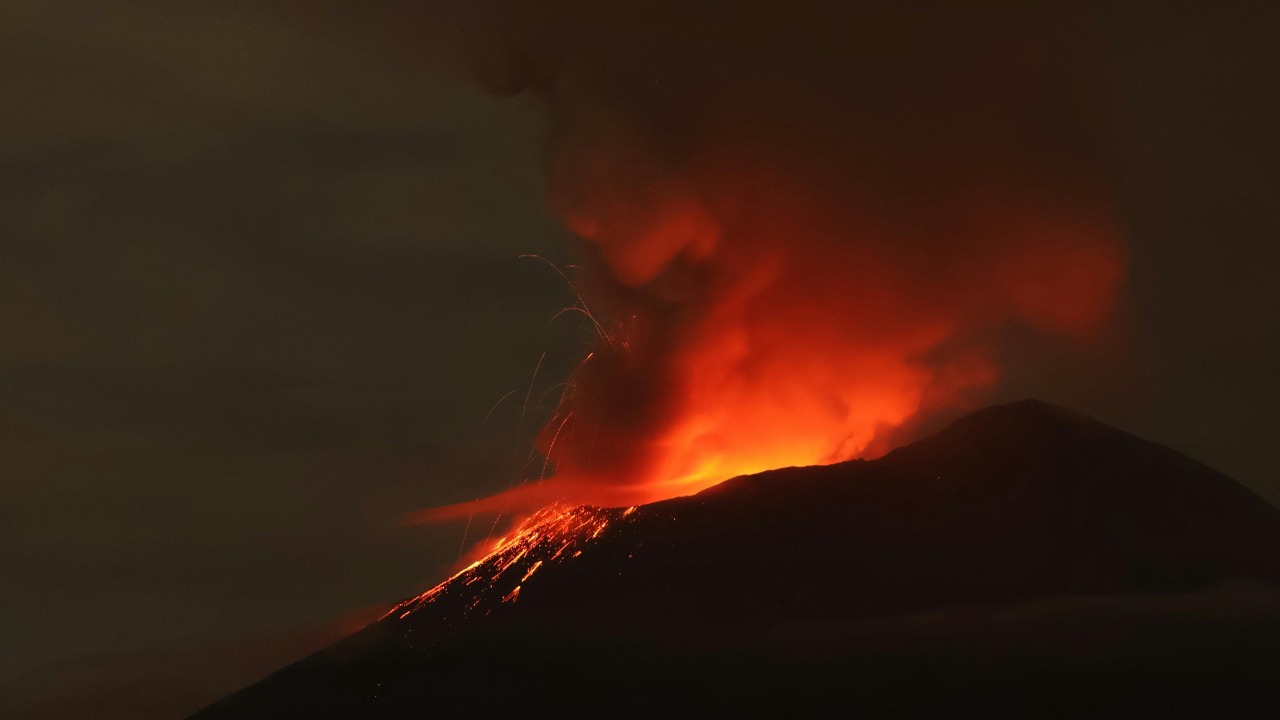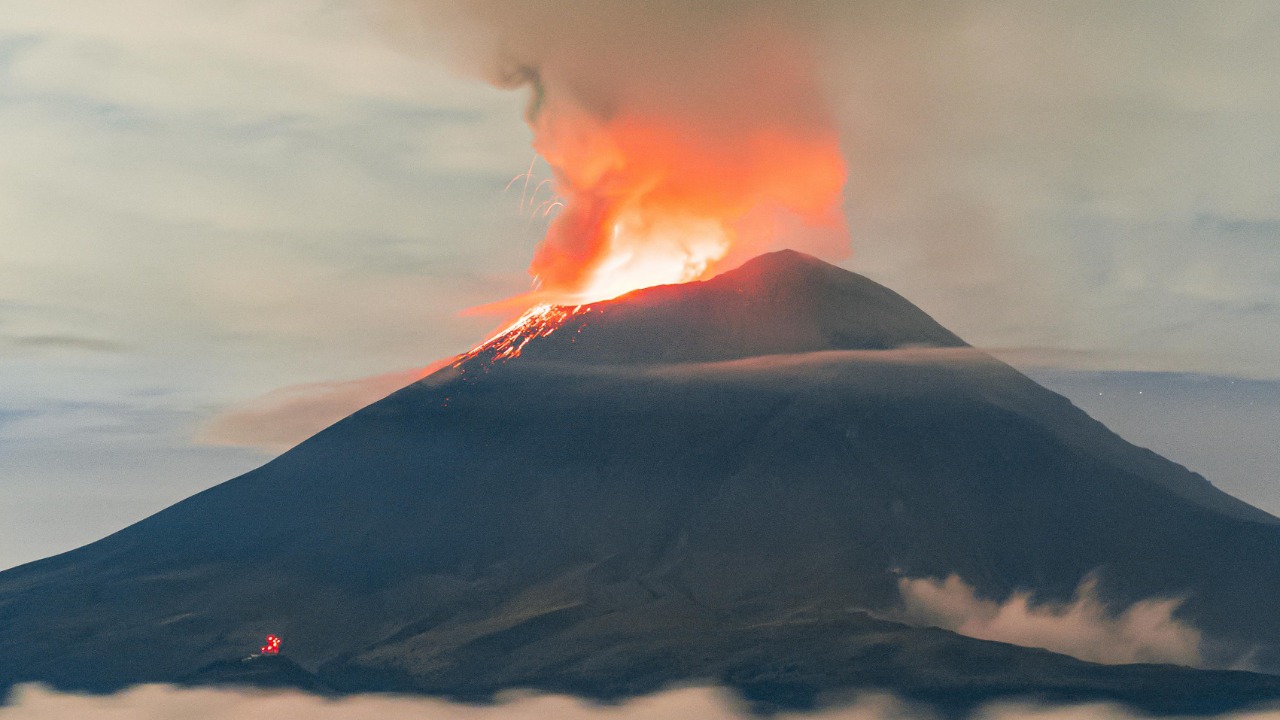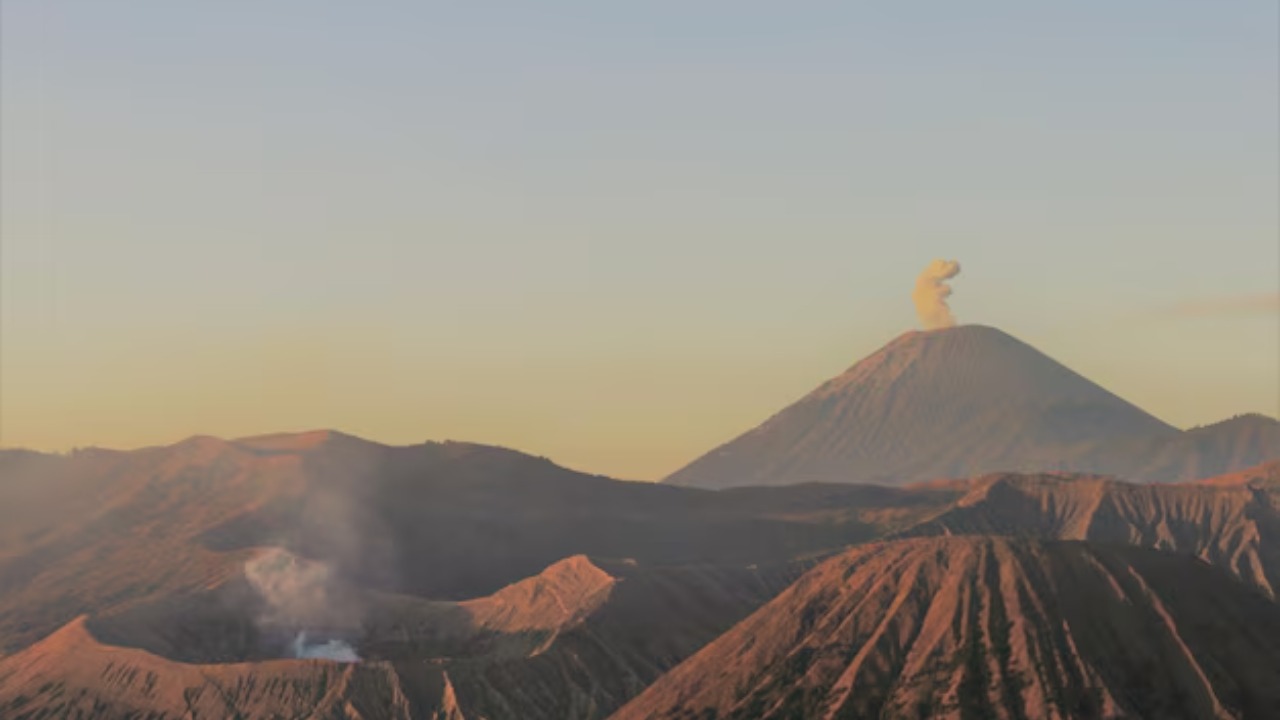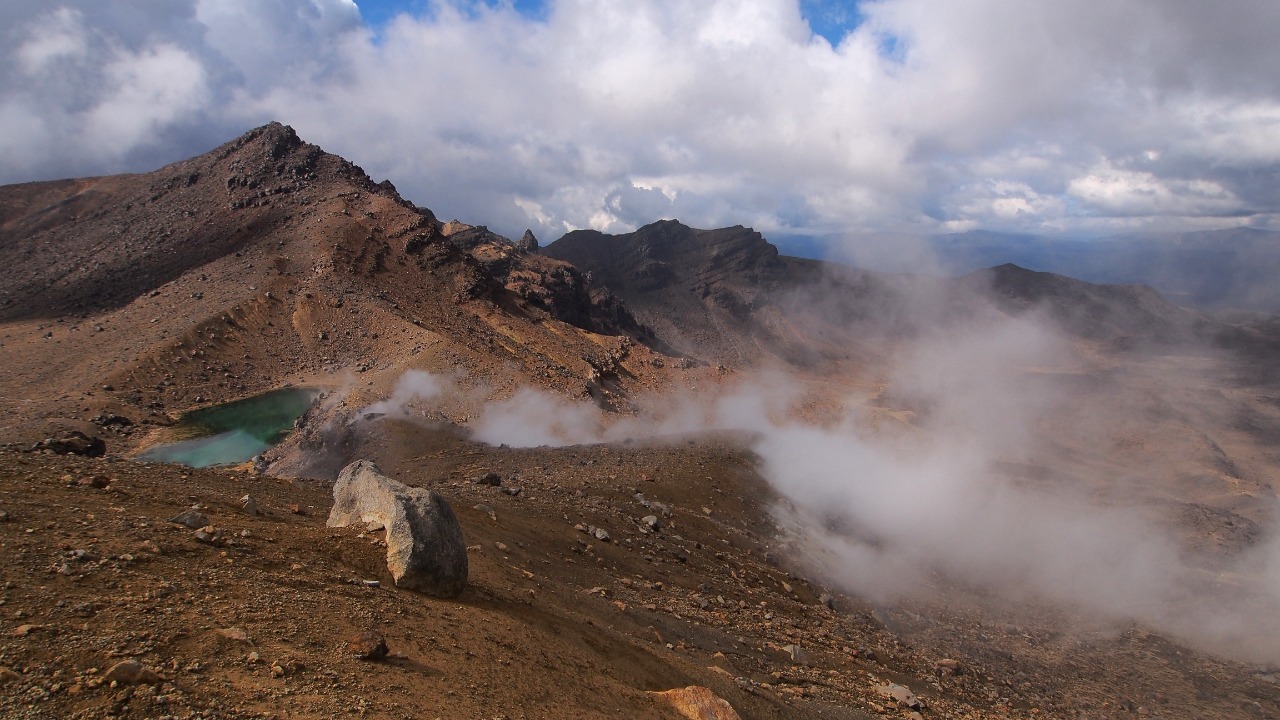
A recent video capturing a mysterious craft entering a volcano in Mexico has sparked widespread intrigue and speculation. The footage, which has gone viral, raises questions about the nature of the object and its possible origins. The incident has not only caught the attention of UFO enthusiasts but has also drawn interest from scientists and skeptics alike, eager to uncover the truth behind this enigmatic occurrence.
The Mysterious Footage

The video footage, reportedly shot by an amateur photographer, shows an unidentified flying object entering the mouth of the Popocatépetl volcano, one of Mexico’s most active volcanoes. The craft appears to move at an exceptional speed, maintaining a steady trajectory before disappearing into the volcanic crater. Observers noted the object’s sleek, metallic appearance, sparking comparisons to both conventional aircraft and more fantastical interpretations.
Popocatépetl, located about 43 miles (70 kilometers) southeast of Mexico City, has a long history of volcanic activity, making it a prime location for such unusual sightings. There have been several historical reports of unidentified flying objects in the area, adding to the mystique surrounding this particular event. Initial reactions from the public were mixed, with some expressing awe and curiosity, while others remained skeptical, attributing the sighting to optical illusions or video manipulation.
Possible Explanations

From a scientific perspective, experts in volcanology and aerodynamics have weighed in on the phenomenon. Some suggest that the object could be a meteorological anomaly or a natural airborne debris, propelled by the volcano’s thermal currents. Volcanologists point out that the intense activity of Popocatépetl could create conditions conducive to such occurrences, though this explanation does not entirely account for the craft’s distinct shape and movement.
Technological theories propose that the craft might be a man-made object, such as a sophisticated drone or an experimental aircraft. Drones are increasingly used for scientific research in hazardous environments, and it is plausible that one could have been deployed to study the volcano’s activity. However, the object’s speed and trajectory challenge this theory, as they surpass the capabilities of most known drone models.
Alternative theories venture into the realm of UFO and extraterrestrial hypotheses. Some ufologists suggest that the craft might be an alien vehicle using the volcano as a subterranean base or source of energy. While no concrete evidence supports this claim, the idea is bolstered by historical accounts of similar sightings at other volcanic sites worldwide, fueling a narrative that extraterrestrial life might have a vested interest in Earth’s volcanic activity.
Historical Context and Similar Incidents

Similar incidents have been documented near other volcanoes, both in Mexico and around the globe. For example, the Mount Rainier UFO sightings in 1947 and the more recent Mount Etna events have fostered numerous theories about the connection between UFOs and volcanic activity. These incidents have been widely reported and analyzed, adding to a growing body of evidence that suggests a pattern, albeit inconclusive, of unidentified aerial phenomena in such locations.
Culturally, volcanoes have long been associated with mythological and supernatural interpretations. In Mesoamerican mythology, volcanoes were often considered sacred, inhabited by deities or spirits. Modern interpretations of these ancient beliefs sometimes intersect with contemporary UFO sightings, suggesting that what was once deemed divine could now be perceived as extraterrestrial. Historians and anthropologists provide insights into how these narratives evolve, offering a broader cultural context to these mysterious occurrences.
Implications and Future Investigations

The incident at Popocatépetl has significant implications for scientific research into unidentified aerial phenomena and volcanic activity. It highlights the need for more comprehensive studies that could unravel the mysteries surrounding these sightings. Researchers and organizations are advocating for increased funding and support to investigate such events, recognizing their potential to advance our understanding of both natural and unexplained phenomena.
Future investigations could benefit from advancements in technology, such as high-resolution drones and satellite imagery, which offer new ways to monitor and document these occurrences. These tools could provide critical data, enabling scientists to analyze and interpret such phenomena with greater accuracy and depth. By leveraging cutting-edge technology, researchers aim to bridge the gap between anecdotal evidence and scientific analysis, potentially uncovering new insights into our planet’s most enigmatic events.
Engaging the Public: Skepticism and Belief

Social media platforms like Instagram and Twitter play a crucial role in amplifying interest and speculation about such incidents. The viral nature of the Popocatépetl footage demonstrates the power of these platforms to shape public perception and discourse. However, this also underscores the importance of critical thinking and skepticism, as misinformation can spread rapidly and influence public opinion.
Encouraging a balanced dialogue that considers both scientific inquiry and alternative perspectives is essential. By fostering critical analysis and open-mindedness, the public can engage in more informed discussions about mysterious phenomena. As we continue to explore the unknown, it is vital to maintain a healthy balance between skepticism and curiosity, ensuring that our pursuit of knowledge remains grounded in evidence and reason.